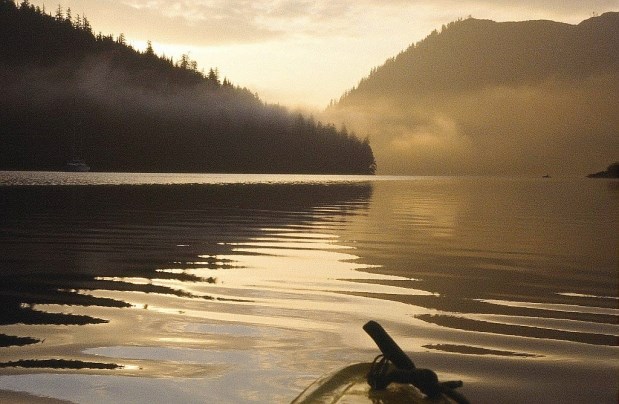A series of five strong earthquakes rattled coastal B.C. this weekend, starting just a few hours before five more — including a magnitude 6.6 quake — hit Indonesia.
The B.C. quakes measured from 4.0 to 5.1 in magnitude and were centred offshore between Haida Gwaii and Vancouver Island, about 200 kilometres southwest of Bella Bella, according to the U.S. Geological Survey.
In all, 15 earthquakes measuring above 4.0 were detected from about 3 p.m. Saturday to 5 p.m. Sunday at spots around the perimeter of the Pacific Plate, which runs along the western edge of North America from the Baja California peninsula to the Aleutian Islands in the north, and south from Russia to New Zealand, via coastal Japan, Indonesia, and the Philippines.
Though some earthquakes are known to trigger others, it is unlikely that happened this weekend, say experts in the field.
“The earth is hugely seismically active,” said Brett Gilley, an instructor with the University of B.C.’s Earth, Ocean and Atmospheric Sciences Department.
He said it is not uncommon for earthquakes to cluster locally as happened in B.C., then Indonesia.
“Earthquakes often happen in swarms,” said Gilley, noting that those off the B.C. coast were of similar size. “What’s happening is the stress is sort of adjusting over the whole area.”
With so-called transform earthquakes, like those that happen along the San Andreas Fault in California, experts can sometimes make a loose prediction that one quake might trigger another nearby, said Gilley. But with subduction zones, like that where the Juan de Fuca plate meets the North American plate, the relationship between one quake and another is harder to predict.
Dan Gibson, an assistant professor in Earth Sciences at Simon Fraser University, said it would take a very large earthquake, in the magnitude of 8 or more, to set off others, though the relationship is still hard to prove or disprove.
He pointed to a unique 8.6 magnitude transform earthquake that happened off the west coast of Sumatra in 2012 that is thought to have triggered other major quakes around the world.
“That was such a big one, and it may have been unique circumstances where there was a slight (lull) in earthquake activity and a bunch of built-up stress along plate boundaries, that it began to trigger other ones,” said Gibson.
“They were ready. They were sort of at a critical state already and then there was just enough energy transmitted ... that it caused the other ones to release.”
Earthquake waves can travel the roughly 11,000 kilometres from B.C. to Indonesia in about two hours, said Gibson, but those from a quake of Sunday’s magnitude would be so degraded by the time they arrived they would need to be measured by seismometers.
Brent Ward, an Associate Professor of Earth Sciences at SFU, said a 5.1 quake off the West Coast as happened around 7 p.m. Saturday “is fairly big,” but he didn’t think the shaking at either side of the Pacific was related.
“There’s tens of hundreds of earthquakes every day,” he said, adding that scientists generally “don’t think there’s an association between quakes in far flung areas.”



